 |
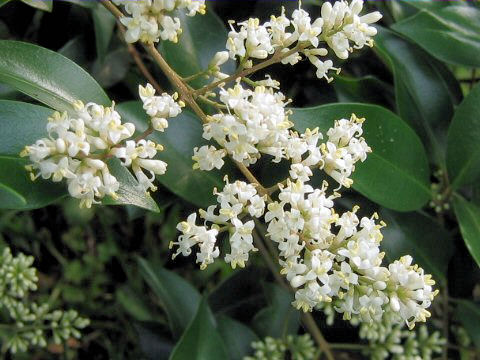

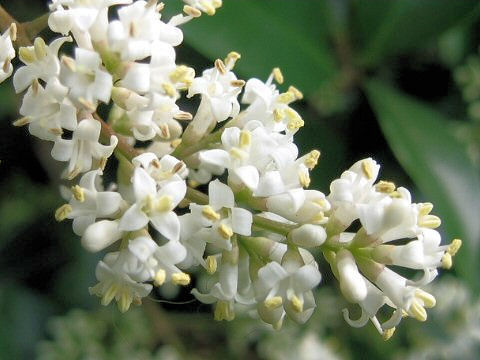

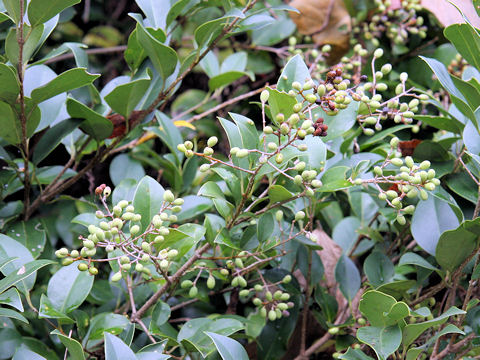

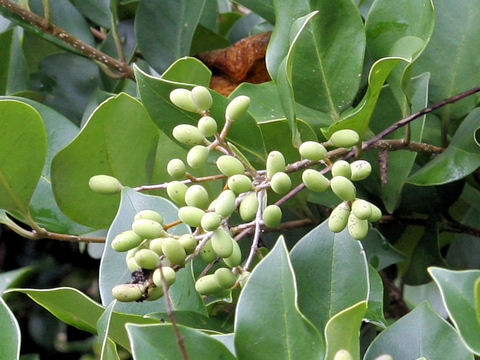

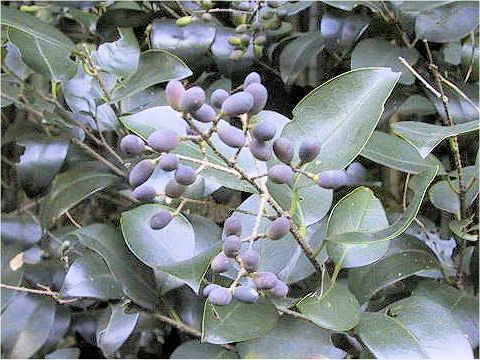

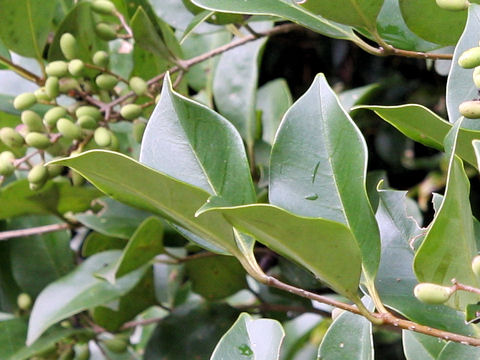

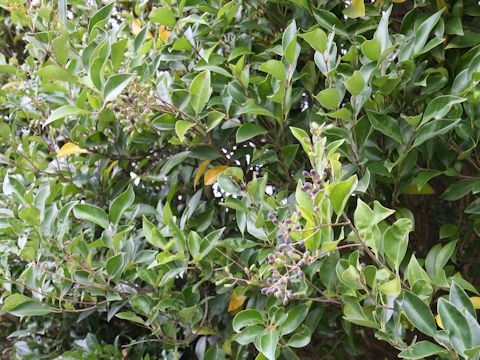

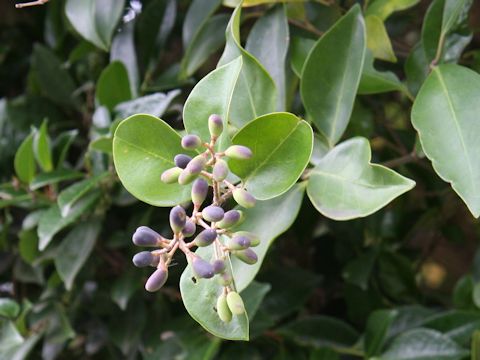

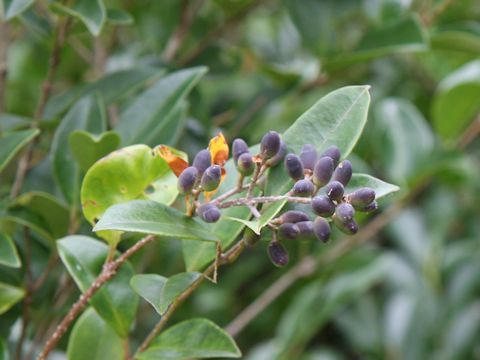

|

|
íªÌ{BAnûȼ©çlEãBA»êÉäpâ©N¼ÉªzµÄ¢Ü·BRnɶ¦A³ÍT[gÙÇÉÈèÜ·BtÍ`©çÈ~`ÅúAζµÜ·B¼OÍAnµÊÀªlY~ÌÓñÉAܽtªuà¿Ì«vÉÄ¢é±Æ©çBU²ëA}æÉ~Ôð¾µAFÌÔð穹ܷBÊÀÍ~ÉnµÜ·B±êÍåqi¶åÄ¢µjÆÄÎêA¿ûòÉp³êÜ·B
|

|
NZCÈC{^mL®ÌíάØÅAw¼Í Ligustrum japonicumBp¼Í Japanese privetB
|

|
The Japanese privet (Ligustrum japonicum) belongs to Oleaceae (the Olive family). It is a semi-tall evergreen tree that is distributed westward from Chubu district of Honshu to Shikoku and Kyushu in Japan, as well as Taiwan and the Korean Peninsula. This tree grows in mountains and can reach about 5 m in height. The leaves are ovate to elliptic, thick and opposite. The panicles are borne on the terminal branches and bloom white flowers in June. The fruits are ripen in black in winter. They are used for herbal medecine.
|

|
[ãEP] åã{lës´ê¬ÉÄA2004N0523úBeB
[Q`RET] ¤m§Ss´¬ÉÄA2007N1102úBeB
[S] åã{lësu´ê»vÉÄA2001N1116úBeB
[U`VEº] ïé§kïésuÜY¦vÉÄA2012N1111úBeB
|










